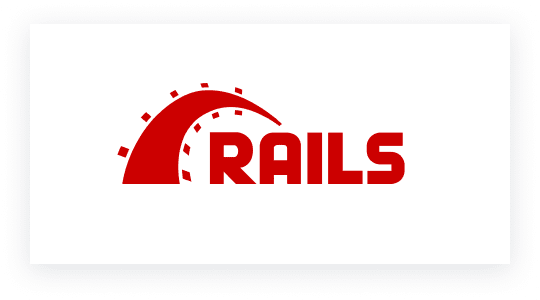
step 1Requirements Gathering
In this stage of insurance mobile app development, we gather information about the client's needs and expectations for the insurance application. We have discussions with the client to understand their business goals, target audience, and the features they need in the application. The objective of this stage is to clearly define the scope of the project.
step 2Design and Prototyping
We create a visual representation of the application and create a working prototype. This helps the client understand the look and feel of the application and provides an opportunity for them to make changes and provide feedback. We use tools like wireframes and mockups to design the user interface and user experience of the application.
step 3Development
The development team starts working on the actual development of the application. The development process includes coding, testing, and integrating different components of the application. We use Agile methodology to ensure that the development is iterative and the client can see the progress and provide feedback at regular intervals.
step 4Testing
In this stage, we thoroughly test the application to identify and fix any bugs or issues. We use both manual and automated testing methods to ensure that the application meets the requirements and is of high quality. This stage also includes performance testing to ensure that the application can handle high volumes of traffic and data.
step 5Deployment
The application is deployed and made available for the end-users. This includes setting up the necessary infrastructure, configuring the environment, and deploying the application. We work with the client to ensure that the deployment process is smooth and without any disruptions.
step 6Maintenance and Support
After the deployment, we provide ongoing maintenance and support services to the client. This includes fixing any bugs, updating the application with new features and enhancements, and providing technical support to the end-users. This stage is crucial to ensure that the application continues to meet the changing needs of the client and the end-users.



























